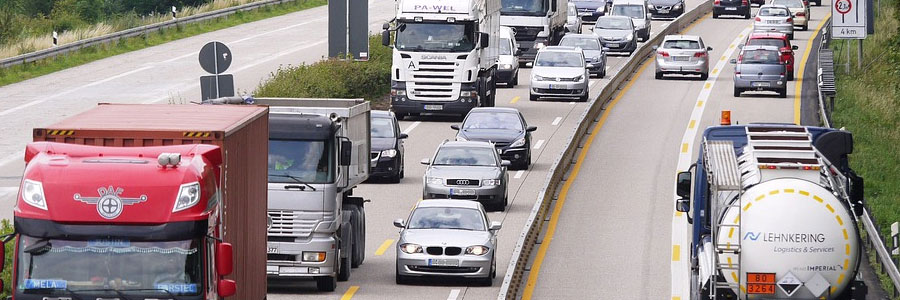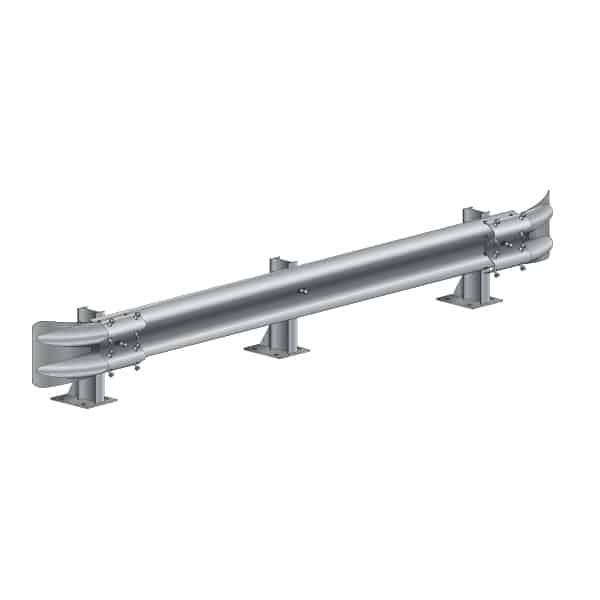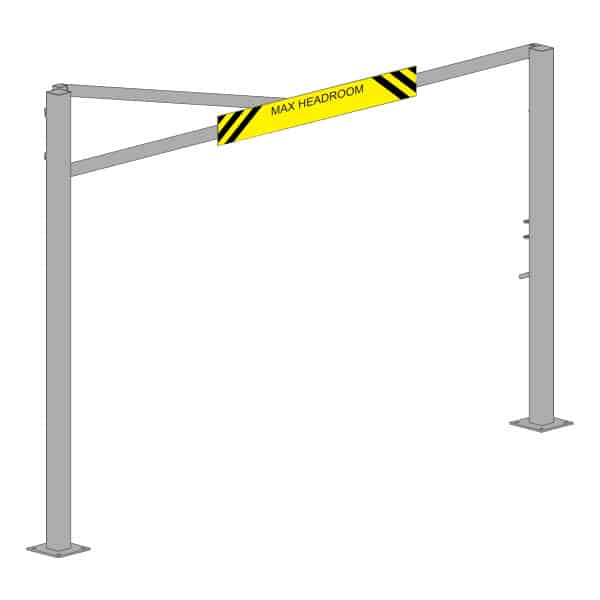Published:
Accidents happen, and sometimes, that means colliding with a road barrier. Understanding what happens when you hit the crash barrier, both physically and legally, can help you navigate the intimidating aftermath more effectively.
To ensure you know everything you need to, Alexandra Security is exploring the immediate impact of hitting the crash barrier, the potential costs, who bears these costs, and whether it’s worth contesting any charges.
The Immediate Impact of Hitting a Crash Barrier
When a vehicle collides with a road barrier, it absorbs and redistributes the kinetic energy of the crash to minimise injury and vehicle damage. That said, different barriers respond differently to impacts.
Steel crash barriers, for instance, bend and flex to absorb energy, reducing the force transmitted to the vehicle and its occupants. Concrete barriers, on the other hand, are more rigid and work by redirecting the vehicle back onto the road. Water-filled barriers cushion the impact by absorbing energy through the water displacement.
Regardless of the type, the primary goal is to prevent vehicles from crossing into oncoming traffic, hitting roadside humans or hazards, or veering off the road. The impact of driving into a crash barrier, while safer than the alternative, can cause significant damage to your vehicle, from minor dents and scratches to more severe structural damage, depending on the speed and angle of collision.
Who Pays After Hitting a Crash Barrier?
In the UK, if you hit a road barrier, you, the driver, are usually responsible for the damages. According to the AA, if a crash barrier is damaged, you may be liable for the repair costs, but these costs can vary significantly depending on the extent of the damage and the type of barrier.
For example, replacing a section of a steel guardrail can cost hundreds of pounds and, if the damage is truly extensive, thousands. Additionally, you might be charged for the cost of traffic management and any other services required to repair the barrier. The Removal, Storage and Disposal of Vehicles (Prescribed Sums and Charges) Regulations 2008 lays down charges ranging from £150 to £6000 depending on the nature of the incident and the type of vehicle.
While it can be tricky to know exactly how much crashing into a crash barrier will cost you, anecdotal evidence indicates that the repairs stand at around £1000 per metre damaged on motorways.
In addition, under UK law, drivers must report accidents causing damage to property to the police within 24 hours. Failure to do so can result in fines, points on your licence, or even disqualification from driving.
As an Abbots Langley citizen discovered, upon failing to report an accident caused by slippery road conditions in under 24 hours, they soon received a letter from the Met Police stating that they had transgressed according to Section 170 of the Road Traffic Act, 1988. If they had reported the incident while presenting their photos of the snow and ice, they would likely have gotten off scot-free.
Contesting Charges
In some cases, you may feel that the charges for barrier damage are unjust or simply excessive (particularly if your insurance isn’t handling it). Fortunately, it is possible to contest these charges. For instance, if you believe the barrier was already damaged or poorly maintained, you can challenge the charges by gathering evidence and presenting your case to the authorities.
Mark Sheer benefited from this when he wasn’t charged for the costs of the barrier he crashed into because another car had recently hit the same barrier, and they were already being chased for the costs.
If you want to contest the charges, documenting the scene by taking photographs and collecting witness statements is always a good idea and can go a long way to bolster your claim. Also, if other parties are involved, be sure to exchange names, addresses, and insurance details.
If the incident is complex or involves significant damage or injuries, you might want to seek legal advice to fully understand your rights and obligations.








